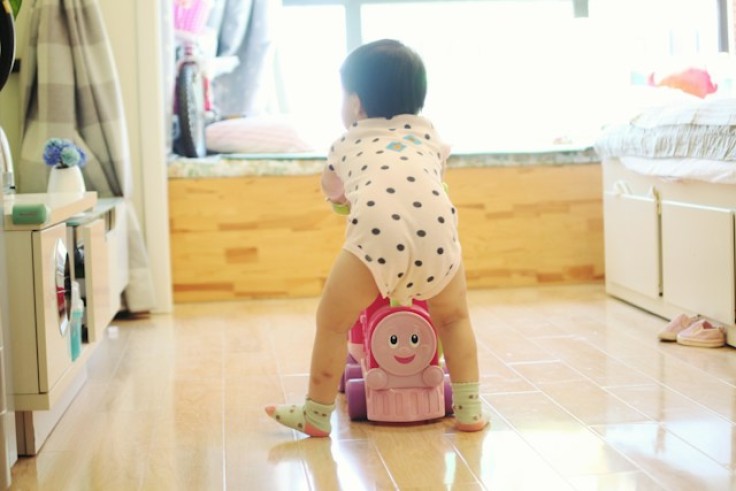
Potty training is a significant milestone in a child's development and can be a challenging time for both parents and children, especially when it comes to boys. Boys often take a bit longer to potty train than girls, and each child's journey is unique. However, with patience, consistency, and the right strategies, potty training can be a smooth and even enjoyable experience. Here are some essential tips and strategies to help you successfully potty train your little boy.
1. Wait for Readiness Signs: The first step in potty training is to ensure your child is ready. Boys typically show readiness between the ages of 2 and 3. Look for signs like staying dry for longer periods, showing interest in the toilet, or disliking wet diapers. Starting too early can make the process longer and more frustrating for both of you.
2. Choose the Right Equipment: Invest in a child-friendly potty or a seat reducer for your regular toilet. Many boys find it easier to start with sitting down to pee and then transitioning to standing up once they've mastered the basics. Also, consider a step stool to help them reach the toilet comfortably.
3. Create a Routine: Establishing a routine is crucial. Encourage your son to sit on the potty after meals or before bedtime. Consistency helps them understand what is expected and makes them feel more secure during this transition.
4. Use Positive Reinforcement: Praise and positive reinforcement can go a long way. Celebrate successes with clapping, cheering, or a small reward like a sticker. Avoid showing disappointment or frustration during accidents, as this can create anxiety and delay progress.
5. Dress for Success: Dress your son in clothes that are easy to take off quickly, such as pants with elastic waistbands or shorts. This reduces the stress of having to deal with complicated clothing when the urge to go strikes.
6. Lead by Example: Boys often learn best by imitating others. If possible, have an older male role model, like a father or older brother, demonstrate how to use the toilet. This can be a powerful motivator and learning tool.
7. Address the Standing Up Issue: Once your son is comfortable with sitting down, you can introduce standing up to pee. Use games like aiming for Cheerios or fruit loops in the toilet to make it fun and improve their aim.
8. Be Patient with Nighttime Training: Nighttime dryness usually comes later than daytime training. Use waterproof mattress covers, and don't be discouraged by nighttime accidents. They are normal and part of the process.
9. Handle Setbacks Gracefully: Setbacks are normal. If your child resists or regresses, it might not be the right time. Take a break and try again in a few weeks. Remember, potty training is not a race.
10. Communicate Openly: Talk to your child about potty training in a simple, positive way. Let them know that everyone learns to use the toilet and that it's a part of growing up.
In conclusion, potty training is a journey that requires patience and understanding. Every child is different, and what works for one may not work for another. Stay positive, be patient, and remember that this is a new and challenging experience for your little boy. With your support and encouragement, he will master potty training in his own time.
Related Article: A 7-step Plan to Potty Training your Nonverbal Child with Autism
